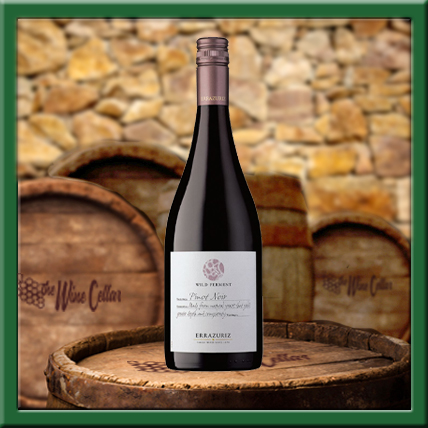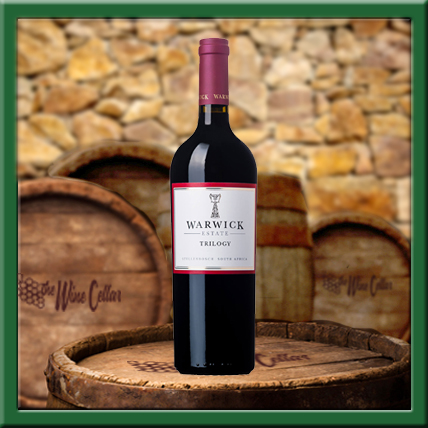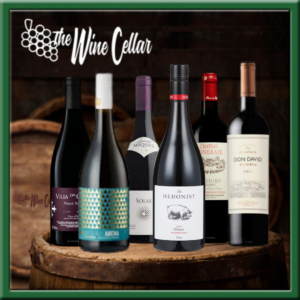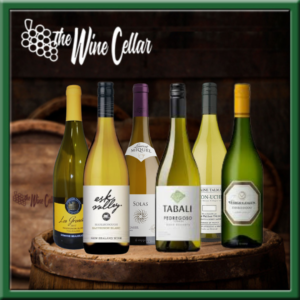It’s long been considered to be France, and in particular Burgundy, that is the home of Chardonnay and Pinot Noir, whilst Bordeaux is the home of blending, using Cabernet Sauvignon, Merlot, Cabernet Franc, Petit Verdot, and to a lesser extent, Carmenere and Malbec. But those in the know will tell you that the New World can offer some stunning wines in the same styles, often saving you a few pounds in the process.

As you might expect, making a wine that mirrors a particular regional expression demands an environment (terroir) similar to that region. So if you’re mimicking a ‘typical’ Burgundy terroir, your soils hopefully have some mix of limestone, clay, gravel, and sand, your climate is fairly warm (with some wind, and cooler nights), and you get a little rain, generally speaking. Not only that, wine-making techniques (use of natural yeasts, subtle use of oak, etc.) are of utmost importance too. So, it can be quite difficult to pull off the imitation convincingly. However, one such wine that we think does pay homage to the Burgundian style quite nicely is the Errazuriz Pinot Noir (2019). Hailing from the Aconcagua Valley in Chile, many aspects of its terroir are perfect for this style of Pinot Noir, and the red fruit, vegetal and spicy notes, with the delicate use of oak, really delivers a very classy experience for just £14.95.
Bordeaux blends have also become ubiquitous in the New World. You can find them in North/South America, Australia, South Africa, New Zealand… everybody’s at it. A harmonious style, each grape offers its own distinct character, with Merlot offering plush, fruity smoothness, Cabernet Sauvignon giving even more fruit and tannic structure, Cabernet Franc lending elegance and freshness, and Petit Verdot topping it off with further tannins and herbaceous complexity. One particular country which seems to excel is South Africa, and the Warwick Trilogy (2017) from Stellenbosch flies the flag wonderfully. A Cabernet Franc dominant blend (53%), supported by Cabernet Sauvignon (38%) and Merlot (9%), it boasts amazing dark fruit and chocolate aromas, with blackcurrant and fine tannins on the palate. Coming in at £25.45, it really offers superb value compared with a similar quality of wine from Bordeaux itself, and whilst drinking very well now, it will happily be cellared for the next 5-7 years.


There are many more examples of this Old to New World transition, with Chardonnay and Viognier being notable mentions. If you’re interested in discovering the differences between regions for yourself, we have put together some cases that provide this contrast, so you don’t have to. Reds or whites, we’ve got you covered; just give us a call or browse our website.


